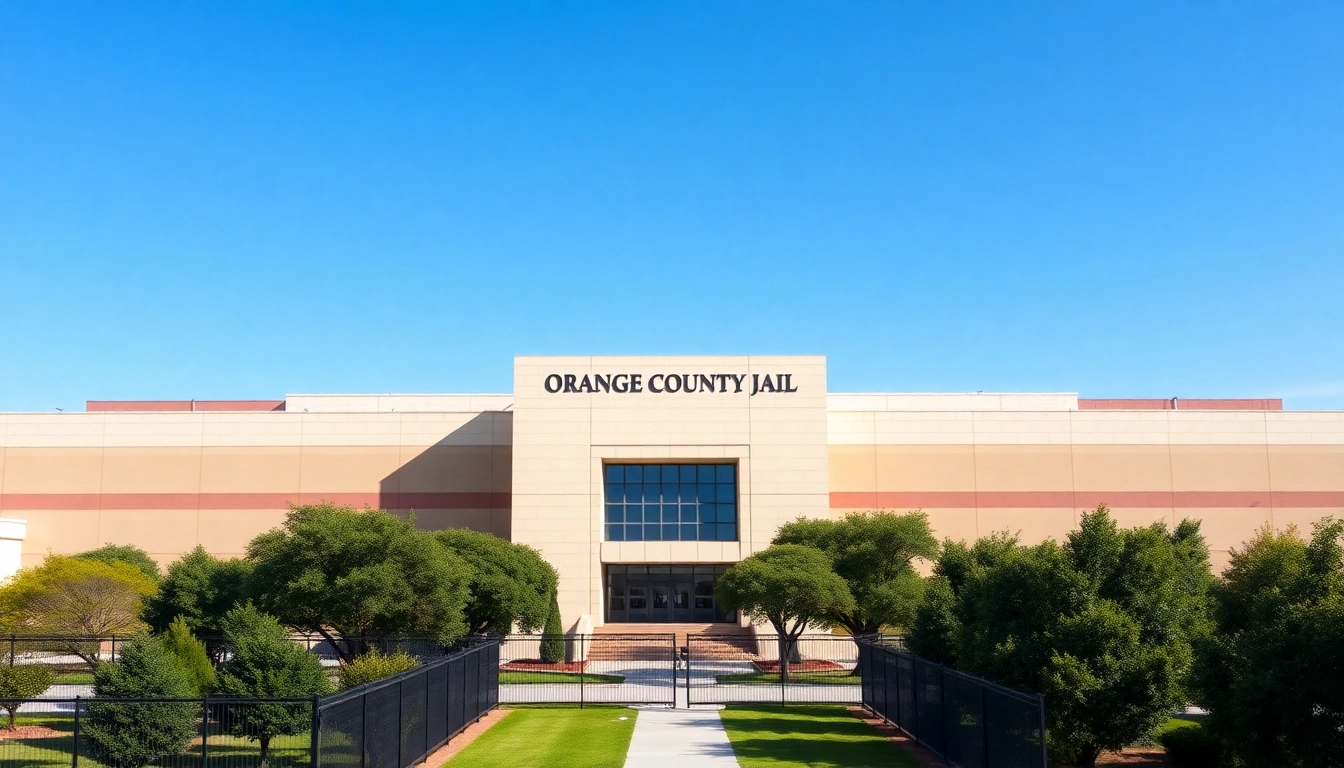Introduction to Trademark Registration
In today’s competitive business environment, the protection of intellectual property is crucial for maintaining a brand’s integrity and market position. Trademark registration is a fundamental aspect of this protection, allowing businesses to establish exclusive rights over their brand identifiers, such as logos, slogans, and names. Understanding the nuances of trademark registration in India and US is essential for both domestic enterprises and international businesses seeking to expand into foreign markets. This article will provide a comprehensive overview of the trademark registration processes in both countries, discuss best practices, and highlight the critical differences between the two systems.
What is Trademark Registration?
Trademark registration is the formal process of securing legal protection for a business’s unique identifiers. These identifiers can include words, logos, symbols, sounds, or scents, which help distinguish a company’s goods or services from others in the marketplace. When a trademark is registered, the owner obtains the exclusive right to use the trademark in connection with the specified goods or services, preventing others from using marks that are similar or likely to cause confusion.
Importance of Trademarks in Business
Trademarks serve several vital functions for businesses, including:
- Brand Recognition: Trademarks help consumers recognize and differentiate products and services, building brand loyalty.
- Legal Protection: Registering a trademark provides legal backing to enforce rights against unauthorized use or infringement.
- Market Positioning: A trademark can enhance a company’s market presence and can be a valuable business asset.
- Consumer Trust: A registered trademark signifies quality and consistency, reassuring consumers about the products or services offered.
Overview of Trademark Laws
In the United States, trademark law is primarily governed by the Lanham Act of 1946 and enforced by the United States Patent and Trademark Office (USPTO). In India, the primary legislation for trademarks is the Trade Marks Act, 1999, and the supporting Trade Marks Rules, 2017. Both legal frameworks aim to protect brands and their unique identifiers while promoting fair competition in the marketplace.
The Trademark Registration Process in the US
Steps for Filing a Trademark Application
The process for registering a trademark in the United States involves several key steps:
- Conduct a Trademark Search: Before filing, it’s essential to conduct a comprehensive search to ensure that no one else is using a similar mark in a related category. This search can help avoid potential conflicts and rejections.
- File the Application: Applications can be filed online through the USPTO’s Trademark Electronic Application System (TEAS). Applicants must provide details about the trademark, including its description, the goods or services associated with it, and the basis for filing.
- Examination by USPTO: After submission, a USPTO examining attorney reviews the application to ensure compliance with legal requirements and checks for potential conflicts with existing trademarks.
- Publication for Opposition: If the application is approved, it is published in the Official Gazette, allowing third parties a 30-day window to oppose the registration if they believe it infringes on their rights.
- Issuance of Registration: If no oppositions are filed or if they are resolved, the trademark is registered, and the owner receives a certificate of registration.
Maintaining and Renewing Trademarks
Once registered, trademarks must be actively maintained. In the US, trademark owners must file a Declaration of Use between the 5th and 6th years post-registration, confirming that the trademark is still in use. Every ten years, a renewal application must be submitted, along with the appropriate fees, to maintain the trademark’s validity.
Common Challenges in US Registration
Several common challenges can arise during the trademark registration process in the US:
- Prior Conflicts: Discovering a similar trademark already in use can delay or prevent registration.
- Failure to Provide Adequate Evidence: Applicants must show proper use or intent to use the trademark. Inadequate evidence can cause the application to be denied.
- Opposition Issues: A third party may oppose the registration during the publication phase, which could lead to legal disputes.
The Trademark Registration Process in India
Filing Process for Indian Trademark Applications
The process for trademark registration in India generally follows these steps:
- Trademark Search: Similar to the US process, conducting a search is crucial to avoid trademark infringement issues and ensure that the mark is available.
- Filing the Application: Applications can be filed online with the Controller General of Patents, Designs, and Trademarks. Details required include the name and address of the applicant, a clear representation of the trademark, and a description of goods or services.
- Examination: The application is examined for compliance with Indian trademark laws. If any issues arise, the applicant may need to respond to office actions within a specified time frame.
- Publication in the Trademark Journal: Once approved, the trademark is published, allowing other parties to oppose the registration within a 90-day period.
- Registration: If no opposition arises or if any disputes are resolved, the trademark is registered, and the owner receives a certificate.
Duration and Costs of Registration
In India, a registered trademark typically lasts for ten years from the date of application, with the option for indefinite renewals. The registration fees vary based on factors such as the number of classes of goods or services. It’s important for businesses to budget for these registration costs as well as potential legal fees during the application process.
Legal Requirements and Considerations
Indian trademark law requires that the mark be distinctive, non-deceptive, and not violate existing registered trademarks. Additionally, certain exclusions apply, such as marks that are too similar to national symbols or deceptive marks. Businesses must ensure compliance with these regulations to avoid rejections.
Key Differences between US and Indian Trademark Systems
Filing Methods: Local vs. International
The methods for filing trademark applications differ significantly between the US and India. In the US, applicants can choose between filing based on actual use of the trademark or an intent to use the mark in commerce. In contrast, India requires applicants to file based solely on actual use or a clear intent to use in the near future.
Duration of Protection and Renewal Practices
In the US, a registered trademark is valid for ten years, with renewals required every ten years, along with a Declaration of Use at the five-year mark. India, however, has a similar duration but requires much less frequent documentation of use for renewal, creating less administrative overhead for Indian trademark owners.
Potential Issues in Cross-Border Trademark Registration
Companies wishing to register trademarks across borders may face several challenges, including differences in legal frameworks, cultural perceptions of trademarks, and enforcement provisions. It is crucial for businesses to conduct thorough research and possibly seek professional assistance to navigate international trademark laws effectively.
Best Practices for International Trademark Registration
Tips for US Companies Registering Trademarks in India
US companies seeking to establish trademarks in India should consider the following:
- Conduct Comprehensive Searches: Use local resources to identify potential conflicts specific to the Indian market.
- Understand Local Regulations: Familiarize yourself with the Indian Trademark Act and how it differs from US regulations.
- Engage Local Legal Experts: Consulting with IP attorneys in India can provide vital insights into local practices and enhance the likelihood of a successful registration.
Using the Madrid Protocol Effectively
The Madrid Protocol offers a streamlined process for international trademark registration, allowing applicants to file one application to cover multiple countries. Businesses can benefit from this protocol by:
- Applying through the USPTO: US companies can file an application with the USPTO to cover India and other member countries simultaneously.
- Monitoring Compliance: Keeping track of renewal dates and compliance requirements for each protected jurisdiction.
- Leveraging Local Representation: Utilizing local attorneys to navigate enforcement and potential disputes in each territory effectively.
Consulting with Trademark Professionals
It is advisable for businesses to seek assistance from trademark professionals who specialize in international registration. These experts can help businesses formulate strategies to minimize risks, navigate the complexities of different trademark laws, and ensure compliance with local regulations.



